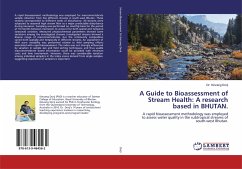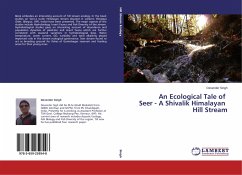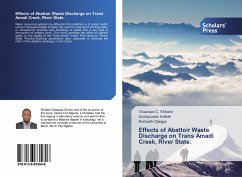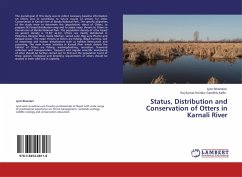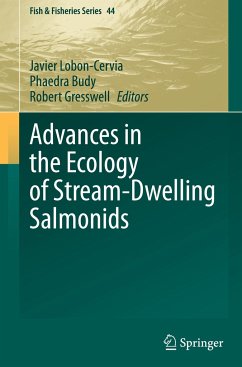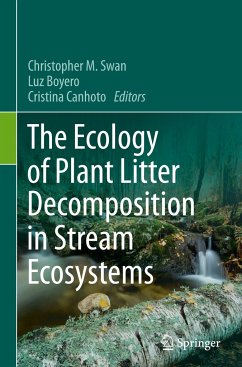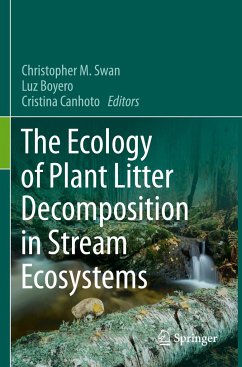
Stream Order based Stream Typology for Indrawati River System, Nepal
An approach towards river management
Versandkostenfrei!
Versandfertig in 6-10 Tagen
32,99 €
inkl. MwSt.

PAYBACK Punkte
16 °P sammeln!
In Nepal, there are more than 6000 small to large rivers, which flow through diverse geography along pronounced altitudinal gradients. The river classification (stream typology) is mainly based on physical characteristics of basin such as source of origin; availability of water; and location, and aquatic biota (fishes). The stream typology based on physical characteristics is too general for their applicability in river management while based on biotic are without clear demarcation and lots of overlapping. However, none of these stream typologies is in use for river management. The classificat...
In Nepal, there are more than 6000 small to large rivers, which flow through diverse geography along pronounced altitudinal gradients. The river classification (stream typology) is mainly based on physical characteristics of basin such as source of origin; availability of water; and location, and aquatic biota (fishes). The stream typology based on physical characteristics is too general for their applicability in river management while based on biotic are without clear demarcation and lots of overlapping. However, none of these stream typologies is in use for river management. The classification of rivers in respect to environmental and biological variables can provide sound system for sustainable river management in Nepal. The stream order based river classification considers multiple environmental variables and biological factors that change from source to mouth. The present study has found that catchment characteristics, physico-chemical parameters and macroinvertebrate composition are closely related with stream order in Indrawati river. Thus, the study concludes that stream typology based on Strahler stream order is applicable to Indrawati river system, Nepal.



